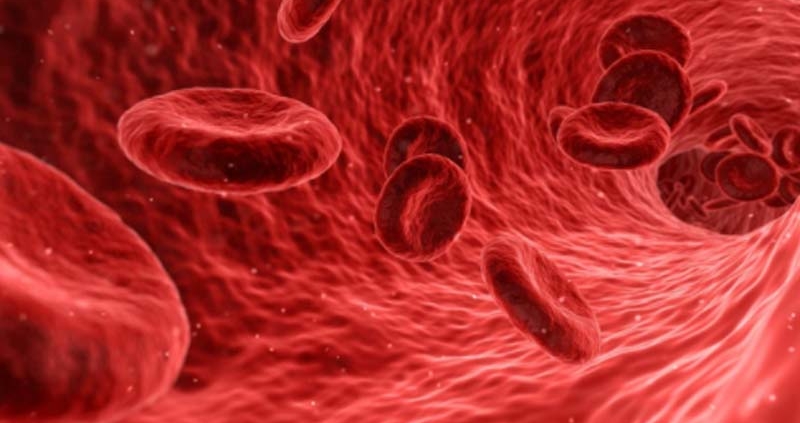Source : Pixabay
It is estimated that if you took all the blood vessels in an adult and laid them out in a single file, they would cover 100,000 miles. That should give you a rough idea of how complicated the circulatory system is in the body. Among the many different types of blood vessels that carry out the very important task of transporting nutrients and wastes through the blood all day and night there are the arteries and veins. Arteries are among the biggest and the most extensive of all blood vessels, and the roles they play are equally important. However, due to the work they do, they are plagued by a lot of complications that may threaten human life.
We are going to look at clogged arteries, the causes behind the condition, the direct dangers it poses to human health, the many ways that one can unclog and improve their artery health, among many other related issues. If you have had a history of clogged arteries, then this could give you some life-saving tips that you can implement in your life.
Table of Contents
Arteries vs. Veins

There usually is a lot of confusion when it comes to arteries and veins. The two are important cogs in the circulatory system, and it is easy to assume they are the same when they are not. To better understand the complications of the arteries, we have to set veins and arteries apart.
By definition, arteries are blood vessels that carry oxygenated blood away from the heart to other parts of the body, while veins, on the other hand, are the vessels responsible for carrying deoxygenated blood from the body towards the heart for cleaning and oxygenation. These two vessels repeat these roles throughout a human’s life without missing a beat unless a health complication comes up.
The Differences
It is hard to tell arteries and veins apart at first glance, but when you explore them on a deeper level, they exhibit a lot of differences. They range from shape, functions, and appearances. The following is a simplified table that illustrates these differences.
| ARTERIES | VEINS | |
|---|---|---|
| Functions | Carries oxygenated blood except for pulmonary arteries | Carries deoxygenated blood except for pulmonary veins |
| Walls | Artery walls have three distinct layers that are muscular, rigid, and thick | Veins walls also have three layers that are thin and less muscular |
| Position | They are located deeper in the body | Located peripherally on the skin to the point they are even visible |
| Appearance | Red in color | Blue in color |
| Transports | Transports the blood away from the heart to other parts of the body | Carries blood from other parts of the body to the heart |
| Rate of Pressure | High pressure due to the pumping effect of the heart | Lower pressure since the blood mainly moves through capillary action of the veins |
| Oxygen Level | Higher oxygen level | Lower oxygen level |
| Carbon Dioxide Level | Low carbon dioxide level | Higher levels of carbon dioxide |
| Direction of Flow | Blood moves in the downward direction from the heart to other body tissues | Blood moves in the upward direction from the body tissues back to the heart |
| Lumen | Narrow | Wide |
| Valves | Absent | Present |
| Disorders | Arteries have a higher risk of getting complications | Veins are less susceptible to diseases and only suffer from varicose veins at worst |
Types of Arteries and Veins

There are three types of arteries and all of them exhibit the same characteristics that include thick muscles, rigid frames and extra thickness. Each artery has three layers; an outer, a middle layer, and an inner one; all these give them the strength they need to counter the high pressure they have to deal with in executing their functions. The three artery types include the following.
Elastic Arteries: These are arteries that have a thick middle part that allows them to stretch as they want in response to the pulses emanating from the heart. This expansion and contraction are necessary for regulating the blood pressure in the body, which has to be kept within certain parameters.
Muscular Arteries: These are medium-sized arteries that draw blood from elastic arteries and branch into resistance blood vessels. These vessels usually include smaller arteries and arterioles, which are distributed all over the body.
Arterioles: These are the smallest divisions of arteries whose function is to carry blood away from the heart. They direct the blood into capillary networks, which in turn serve the remotest parts of the body.
When it comes to veins, there are about four main types that exist in the human body. Each of them is specialized for certain functions without which things wouldn’t run as smoothly. The four types include the following.
Deep Veins: These are deeply seated veins usually found in muscle tissue whose work is to grant access to the most closed spaces in the human body. Deep veins usually have a corresponding artery nearby.
Superficial Veins: These are veins that are found near the surface of the skin. They lack corresponding arteries, and in some people, they usually have a deep blue color when exposed to heat for a while.
Pulmonary Veins: These are the only veins that carry oxygenated blood, and they transport the oxygen-filled blood from the lungs to the heart, from where the oxygen is distributed to other body parts. Each lung comes with its own set of pulmonary veins.
Systemic Veins: These are veins that are found all over the body, from the neck all the way down to the legs. They form an extensive network of blood vessels that are tasked with transporting deoxygenated blood from the body back to the heart for cleaning.
What is a Clogged Artery?
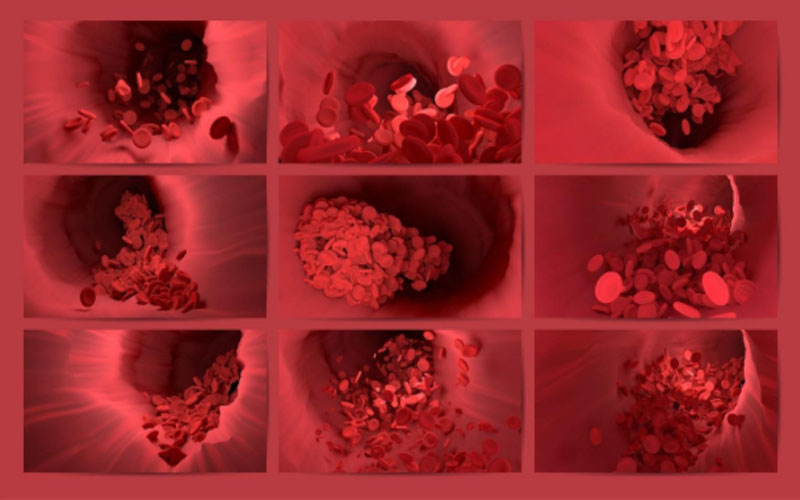
Arteries handle some of the most important circulatory roles in the body, and due to this, they tend to develop complications over the years. One of the most common ones is clogged arteries, also called Atherosclerosis. This is a condition that occurs when there’s a serious buildup of cholesterol plaque in the walls of the arteries, which leads to obstruction of the blood flow, which in turn leads to other serious complications of the blood vessels.
Causes of Clogged Arteries
There are many things that contribute to atherosclerosis. The disease begins when an artery sustains some damage or injury at any point in a person’s life. Some of the things that are responsible for causing this condition include the following.
High blood pressure
High cholesterol
Diabetes
Insulin resistance
Sedentary lifestyles
The moment the inner walls of the arteries are damaged, stuff like cholesterol deposits and other wastes from cells begin to accumulate on the site of injury, and this is what is known as atherosclerosis. Once the surface of the plaque is ruptured, blood cells rush to the scene in an attempt to repair the damage. This causes the platelets to clump up, and eventually, they block the artery, which is one of the leading causes of heart attacks.
Risk Factors
There are certain risk factors that increase the chances of a person getting hit with clogged arteries. Some are natural, and some are based on the lifestyle choices that people chose to have. They include the following.
Age
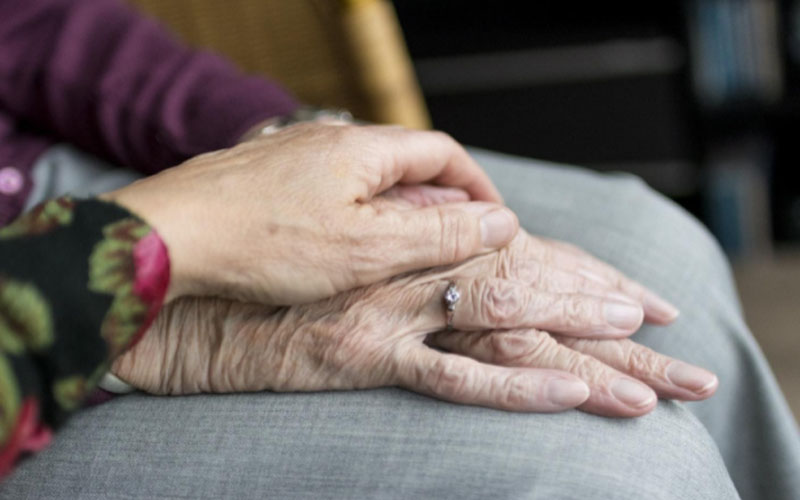
The older someone grows, the more worn out their body organs get. The same is true for arteries in the body. After years of serving the body without fail, it is only natural for some to reach their limit, and the risk of injury increases exponentially. This is because the rate of healing is slowed, and at the same time, the body is forced to deal with a lot of other issues popping up in all parts of the body. Old age has also been known to narrow the arteries with time, and this increases blood pressure to dangerous levels.
Gender

Men have been found to be at a higher risk of contracting artery-related diseases than women. At the same time, however, the risk for women increases after they hit menopause. This has been attributed to the inability of men to cope with stressful situations and events, which increases their risk factors for getting coronary diseases which in most cases are related to the state of mind.
Family History

Coming from a family with a long history of heart-related diseases increases your risk of getting the same once you hit a certain age in the future. You are at a very high risk of getting a coronary artery disease if your brother or father is diagnosed with heart disease before they hit 55 years. The same applies if your mother or sister is diagnosed with the same before they reach 65 years. There’s very little that can be done to stop this other than mitigate the effects by taking precautions early on in life.
Smoking and Drinking
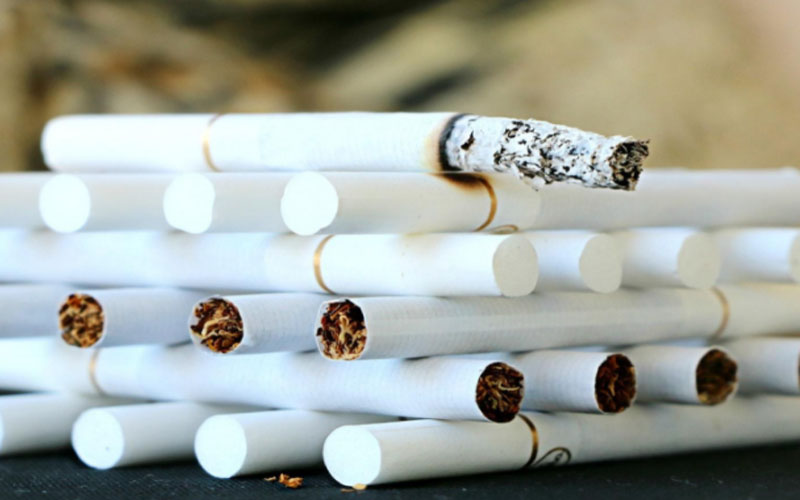
It has already been established that lifestyle habits like drinking alcohol and smoking cigarettes have no value to the body, In fact, they only bring nothing but trouble. People who constantly smoke, for instance, have an increased risk of developing heart disease. Breathing in second-hand smoke also has the same devastating effects. Alcohol, on the other hand, has been known to interfere with blood pressure, and this only makes conditions ideal for a number of coronary diseases to set in.
High Blood Pressure
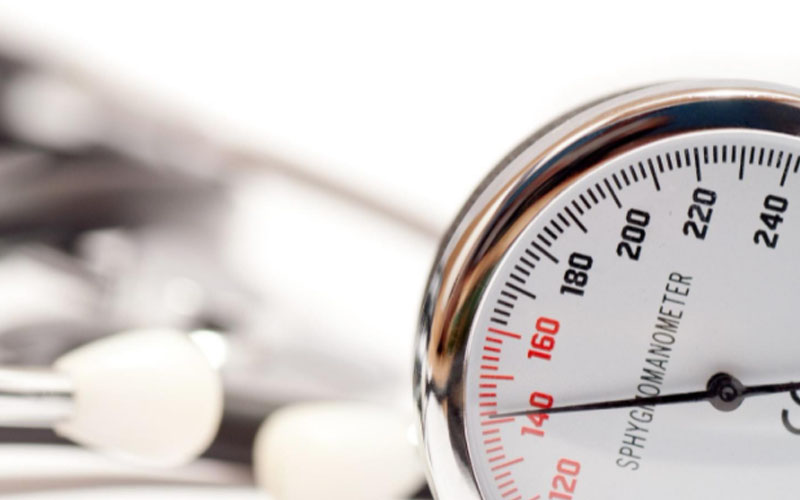
Hypertension is an incurable disease that affects a huge number of people around the world. One devastating side effect of hypertension is the fact that it hardens and thickens the walls of your arteries, and as they narrow down, blood flow becomes a problem, and; eventually, clogging occurs, leading to heart attacks, among other heart-related issues. People with severe hypertension are usually advised to keep themselves under constant surveillance to keep their blood pressure in check.
High Cholesterol Levels

Cholesterol is mostly derived from animal-based fats, and once the levels become too high in the body, deposits start forming on the walls through the formation of cholesterol plaques. These plaques end up narrowing arteries, and eventually, they block them completely. This increases the chances of a heart attack tenfold, and if nothing is done, you could collapse at any time without warning.
Diabetes and Obesity

Where there’s hypertension, diabetes and obesity are never far off and these three can combine to bring untold misery to the body. Diabetes has been linked to a number of coronary diseases, and this is why people who suffer from the diseases have to be constantly monitored for heart-related complications. Obesity also continues to increase the pressure on arteries to function properly. Being overweight will only serve to make an already dangerous situation even worse.
Unhealthy Diet

You are what you eat and the more junk you stuff your body with, the higher the chances that you could develop severe heart disease in the future. Having food that has a high amount of saturated fats, salts, and sugars will make your body weak, and this exposes you to coronary diseases. Saturated fats from animal-based diets are the leading causes of cholesterol buildup in the body.
Sedentary Lifestyle

Being inactive is bad for the body, and eventually, everything that could go wrong will go wrong. The body requires to burn through all the food you eat, and without proper body exercises and workouts, this cannot be possible. Once the body is unable to process what you eat, it starts depositing the excess in the wrong places, like fats in arteries. These then block the proper flow of blood, and this marks the beginning of all kinds of arterial diseases.
Warning Signs of Clogged Arteries
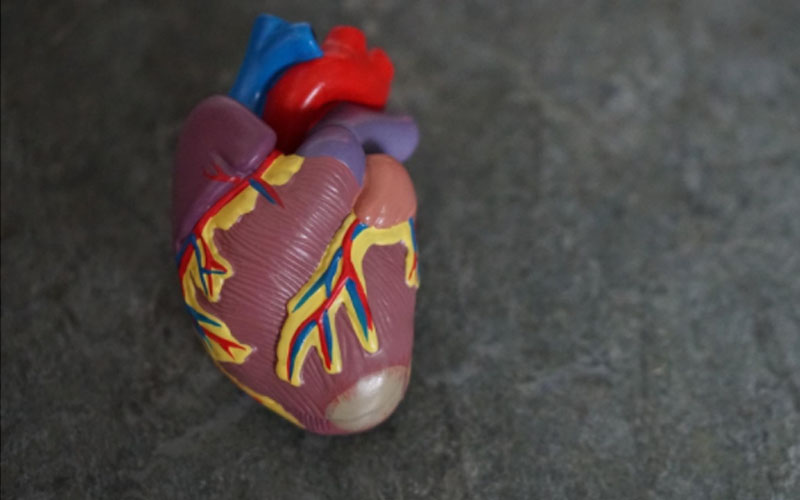
How do you know you are dealing with coronary disease? There are many tell-tale signs that you can rely on to know for sure if you have to be worried. You can go for a confirmatory diagnosis at any hospital but there are some easy signs that usually manifest themselves. They include the following.
Chest pains, also called angina which manifest themselves in waves, coming and going in intervals at random times throughout your day and night.
Pain in the legs and arms, especially in areas where the artery has been blocked, which in most cases occurs in limbs and joints.
Shortness of breath even when you do minimal work.
Constant feelings of fatigue even without handling anything significant.
Confusion in cases where the artery has blocked circulation of the blood to the brain.
Muscle weakness and atrophy due to reduced blood circulation, which starves the muscles of the all-important oxygen that they need for energy.
The Dangers of Atherosclerosis

Clogged arteries can quickly escalate to life-threatening conditions if nothing is on time. This is why people are encouraged to always go for random hospital check ups even when they are healthy, as you never know what could be developing in the background. The following are some of the high-risk conditions that can be triggered by atherosclerosis.
Angina: Angina refers to sharp chest pains that one experiences when their coronary arteries are narrowed down by plaque buildup, which makes the passage of blood difficult. The heart is forced to make do with limited blood supply at a time when the demand is highest, especially when one is engaged in intense physical activity. The combination of all these factors can result in a series of chest pains and shortness of breath.
Heart Attack: Heart attacks have become some of the leading causes of death in older people around the globe, and they are primarily caused when important arteries are clogged or ruptured. The lack of blood flow to the heart will damage the heart muscles, and if treatment is not sought quickly, you could end up dead without any warning one day.
Arrhythmia: Arrhythmia is a condition where the insufficient blood supply to the heart causes interferences with the electrical impulses responsible for electrical impulses. This can lead to irregular heart rhythms, which is dangerous.
Stroke: A stroke is another complication that’s closely linked to coronary diseases. It is caused in particular by the narrowing down of the carotid artery due to atherosclerosis that feeds the brain with blood. Their blockage leads to carotid artery disease, which leads to a transient ischemic attack, better known as a stroke.
Aneurysms: Aneurysms are another deadly killer that occurs anywhere in the body. It is defined as a bulge on the walls of the arteries that blocks the passage of blood completely. What makes this condition dangerous is the fact that it doesn’t show any symptoms; all you feel is unexplainable pain which has to be attended to immediately. If an aneurysm bursts, it may lead to internal bleeding leading to death.
Chronic Kidney Disease: The arteries that supply kidneys with blood can lead to kidney diseases if they are affected by clogged arteries. If nothing is done, the condition will deteriorate to the point your kidneys collapse.
How to Unclog a Blocked Artery
A clogged artery is not the end of life. If it is detected early enough, it can be treated or rectified in a number of ways. There are instances where they simply unclog themselves without any prompting. However, for those that must take matters into their own hands, the following are some of the things you can try to unclog a blocked artery.
Surgery

Surgery is usually the last resort but one of the most effective ways of unclogging an artery and ensuring you have a healthy heart. There are several types of surgery one can do to rectify arteries that may be suffering from atherosclerosis, and they include the following.
Bypass Surgery: This involves the use of another blood vessel from another part of your body to divert the blood around the blocked or narrowed-down artery. The same can also be achieved through the use of synthetic tubes, which can now be made to exact specifications through 3D printing.
Thrombolytic Therapy: This is the dissolving of the blood clot through the injection of a drug directly into the affected area of your circulatory system. It is very effective as it zeroes down and deals only with the affected area.
Angioplasty: This is the use of a catheter and a balloon to increase the size of the artery to make the passage of blood possible. There are times when a stent is inserted to keep the artery open at all times.
Endarterectomy: This is the surgical removal of fatty deposits and cholesterol plaques from the arteries. This is the most intense and riskiest of all the procedures since arteries are not that big, and splicing them open takes a lot of skill.
Atherectomy: This is the removal of plaque from the arteries through the use of a catheter that has a sharp blade attached to one end. The process is also risky and requires skilled hands for it to be successful.
Medication

If surgery is not your bread and butter, then there are less invasive methods of dealing with clogged arteries and they involve the use of coronary artery disease drugs. One common drug that is widely used to treat angina, for example, is called Nitroglycerin which dilates the blood vessels, allowing blood to pass through without exerting too much pressure.
You can also use Beta-blockers which usually work alongside medication to slow the heart rate a little to allow for the blood pressure to go down a little. Drugs like Aspirin, Clopidogrel, and Ticlopidine are known to deal with blood clots in the arteries by suppressing the ability of the platelets to clot around internal injury sites.
Healthy Diet

You can also counter the effects of coronary complications by switching your diet to a healthy one. Most of the leading causes of arterial diseases are linked to what we consume, especially foods that are rich in cholesterol. The following are some foods you should add to your diet.
Berries: The berry family includes strawberries, blueberries, cranberries, raspberries, and blackberries. They all contain healthy elements that help with inflation on top of being rich in vitamins, fiber, plant compounds, and antioxidants. They cut down cholesterol in the body.
Beans: Beans are rich in fiber and are known for being very good for the heart. They are able to keep cholesterol buildup in check if you consume 130 grams daily. They are also known to reduce blood pressure, improve artery health and reduce diabetes.
Fish: Fish is rich in omega-3 fats that are known to counter clogged arteries. They do this by reducing the expression of cellular adhesion molecules. This prevents the accumulation of fats and other deposits within the arteries from happening. Having a serving of fish once a week is all you need to keep your arteries in tiptop conditions.
Spices: On top of turning up the taste of your food, spices actually have a lot of healthy benefits to the body, and if you are suffering from coronary artery diseases, then it is time you increase your spice intake. They have anti-inflammatory properties that improve blood lipid levels and reduce the clamping of platelets.
Nuts & Seeds: Nuts and seeds are rich sources of protein, healthy fats, fiber, minerals, and vitamins. All these are nutrients that combine to unclog arteries. They also reduce blood sugar levels which is another plus since diabetes only makes dealing with atherosclerosis much harder.
Conclusion
The human body is delicate and prone to all kinds of health issues. The circulatory system is vital for life, and once it becomes compromised, you will be in trouble. There are many other diseases that affect the arteries out there; it is up to you to always do regular checkups to ensure you are in your best shape at all times. For more information on vein and artery health, visit our website and have all your concerns and questions addressed by our team of qualified experts.

